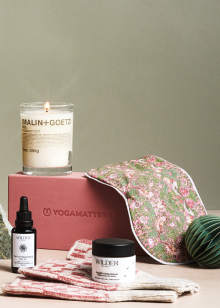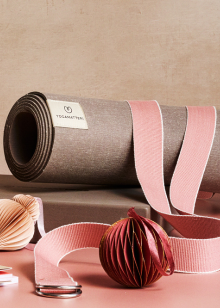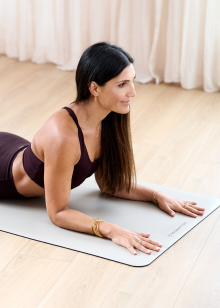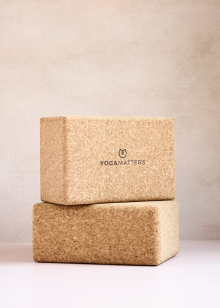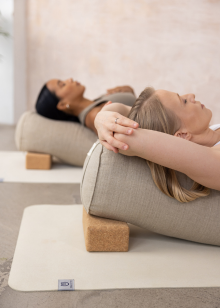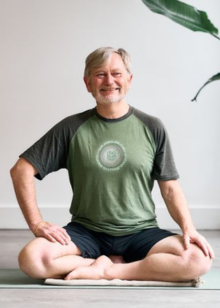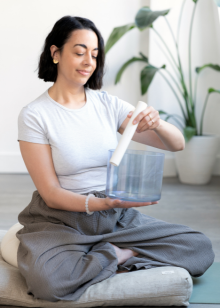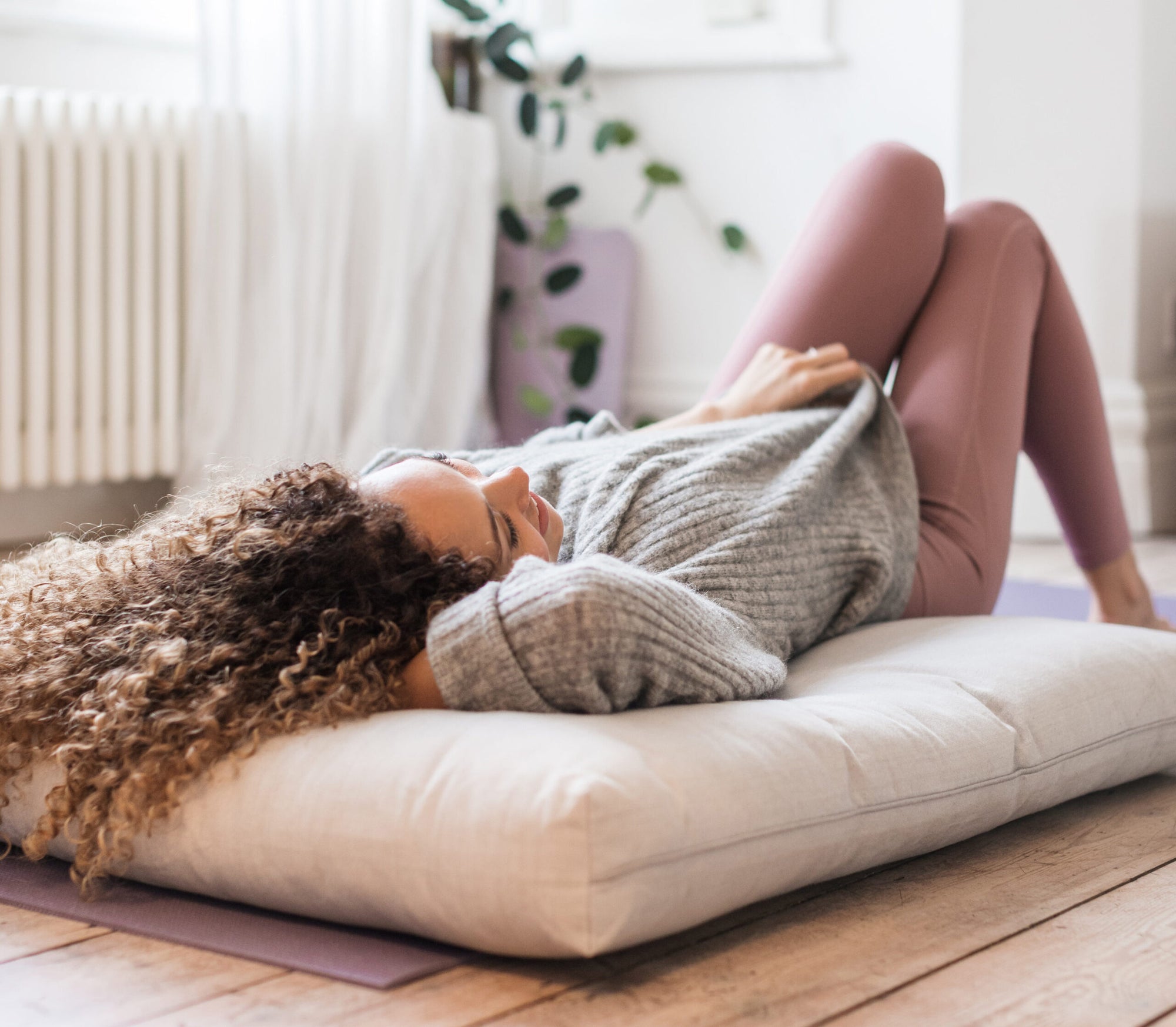What is yoga nidra?
Yoga nidra or “yogic sleep” is a powerful guided meditation technique where you learn to relax consciously. It is a systematic method which aims to induce complete physical, mental and emotional relaxation. Anyone can practise yoga nidra at any time and there are plenty of good recordings available online. In the studio you may often find it at the end of a slow flow yoga class as you lay in savasana (corpse pose).
How do you do yoga nidra?
From the comfortable position of savasana with the eyes closed, the instructor will guide you through a relaxation script. The script will not always be the same but a guided body scan is often included; here the instructor will draw attention to individual parts of the body as you consciously place your awareness on and relax the corresponding areas. All you have to do is focus on the instructions and allow them to be your guide. The aim is not to sleep, (although don’t worry if you do as you will still receive many of the benefits), it is to be unconscious on a sensory level, yet still be conscious of practising yoga nidra.
What happens in yoga nidra?
This is the science bit. When we are awake, our conscious minds operate at high frequency, with fast rhythm beta waves (13-20 cps). As we begin to relax and start the process of falling asleep these waves slow into alpha waves (8-12 cps) and gradually into theta waves (4-7 cps) of a dreaming sleep, and then finally into deep sleep where we have delta waves (0-4 cps). Yoga nidra occurs at the “hypnagogic state”, characterised by the alpha waves, between the states of being awake and dreaming.
What are the benefits of yoga nidra?
There are a multitude of reported benefits to having a yoga nidra mediation practice, however the most frequently recognised is a reduction in stress levels. Yoga nidra uses breath awareness techniques combined with a systematic relation of muscles (through the body scan), which activate the parasympathetic nervous system. This is the “rest and digest” side of our nervous system, where the heart rate slows. Aside from the health benefits, yoga nidra is easily accessible to anyone who wishes to take up a form of yoga or meditation practice.
What props do I need for yoga nidra?
You can practice yoga nidra without any props at all, most comfortably from your bed at home. However, common props used in a studio include a bolster to support the knees/lower back, a blanket to keep you warm and an eye pillow.
